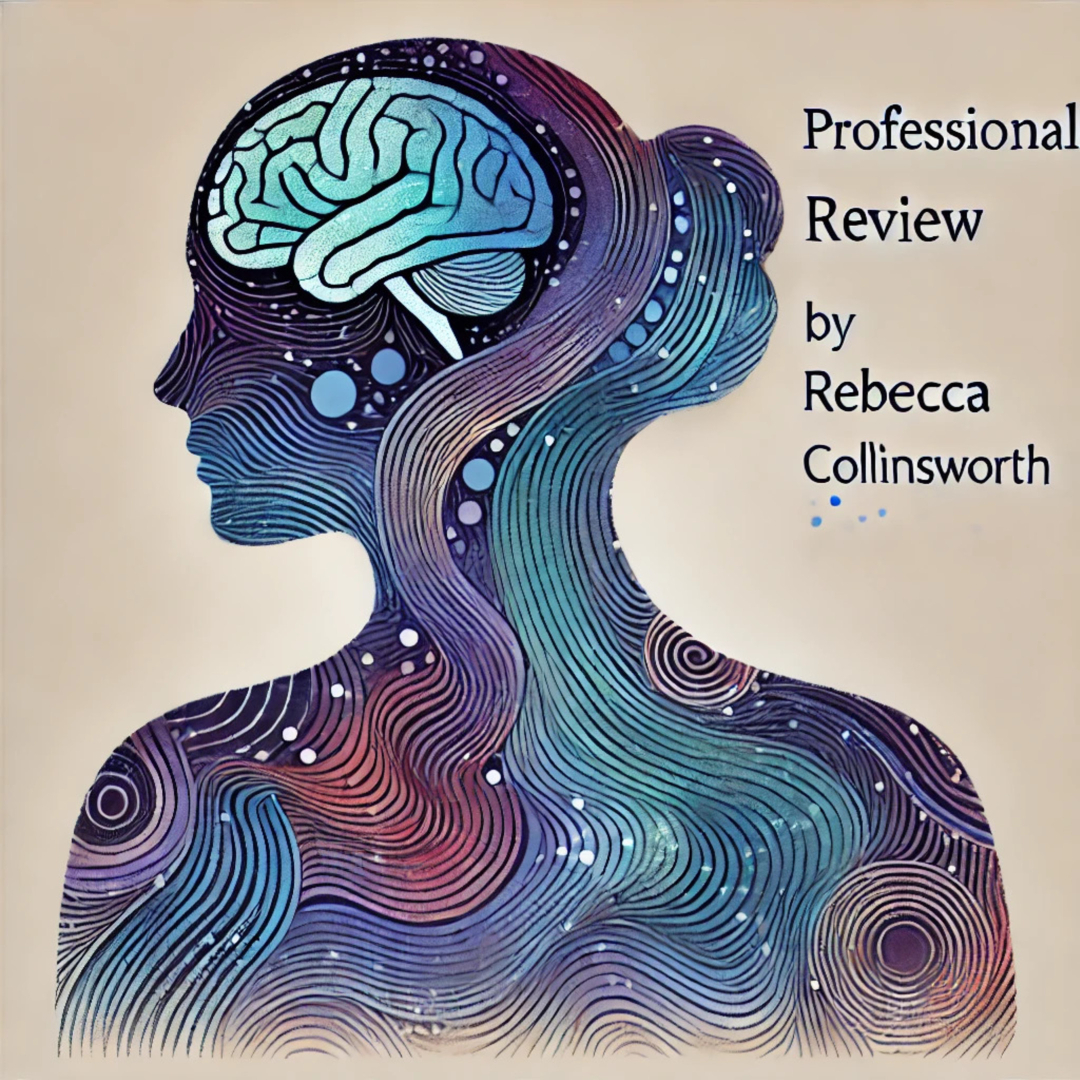In 2025, many clinical practices now recognized as standard care were once dismissed as unconventional or lacking physiological foundation. This list highlights 50 evidence-informed approaches that were initially questioned but are now transforming how we understand and support chronic illness, neuroinflammation, and immune system dysregulation. Whether you’re living with complex symptoms or guiding others through emerging care models, these once-dismissed practices are now critical to informed, whole-person healthcare.
- Microdosing psychedelics for neuroinflammatory conditions
- 2016 observed 2023 adopted
- Vagus nerve stimulation for mood and gut health
- 2005 observed 2022 adopted
- Fecal microbiota transplantation for recurrent C. difficile and emerging chronic illness protocols
- 2008 observed 2019 adopted
- Use of high-dose omega-3 fatty acids for cognitive and neurovascular support
- 2004 observed 2021 adopted
- Continuous glucose monitoring in non-diabetics for metabolic resilience
- 2018 observed 2024 adopted
- Autonomic nervous system mapping in chronic illness management
- 2010 observed 2023 adopted
- Mitochondrial support protocols in post-viral recovery plans
- 2011 observed 2023 adopted
- Polyvagal theory-based somatic therapy integration in trauma recovery
- 2001 observed 2020 adopted
- Oral immunotherapy for food allergies
- 2012 observed 2021 adopted
- Use of ketamine in treatment-resistant depression
- 2006 observed 2020 adopted
- Rehabilitative fasting for autoimmune modulation
- 2015 observed 2022 adopted
- Personalized circadian rhythm alignment as part of cardiovascular care
- 2012 observed 2023 adopted
- Active limbic system retraining in chronic pain and illness management
- 2016 observed 2024 adopted
- Structured cold exposure therapy for inflammation modulation
- 2013 observed 2022 adopted
- Low-dose naltrexone for fibromyalgia and autoimmune dysregulation
- 2007 observed 2021 adopted
- Gut-brain axis targeted interventions for mental health stabilization
- 2014 observed 2023 adopted
- Sleep tracking with biometrics as a primary metric in preventive medicine
- 2017 observed 2023 adopted
- Photobiomodulation and red light therapy in tissue regeneration
- 2012 observed 2021 adopted
- Targeted amino acid therapy for neurotransmitter support
- 2009 observed 2022 adopted
- High-resolution heart rate variability analysis in autonomic diagnostics
- 2015 observed 2023 adopted
- Clinical recognition of mast cell activation syndrome in unexplained hypersensitivities
- 2013 observed 2022 adopted
- Therapeutic use of psilocybin in end-of-life anxiety care
- 2011 observed 2024 adopted
- Plant-based ketogenic adaptations for seizure disorders
- 2014 observed 2022 adopted
- Continuous low-flow oxygen in chronic fatigue syndrome
- 2016 observed 2023 adopted
- Precision supplementation based on genomic methylation variants
- 2011 observed 2023 adopted
- Digital neurocognitive testing in evaluating environmental toxin exposure
- 2017 observed 2024 adopted
- Bile acid malabsorption as a driver in chronic GI inflammation
- 2010 observed 2021 adopted
- Brain-gut axis repair in post-concussive syndrome
- 2015 observed 2023 adopted
- Monitoring of environmental toxin burden in complex illness
- 2012 observed 2024 adopted
- Integrative dental assessments in chronic systemic inflammation
- 2008 observed 2022 adopted
- Probiotic cycling based on seasonal immune function shifts
- 2014 observed 2023 adopted
- Cross-disciplinary rehab for long-COVID as a neuroimmune condition
- 2020 observed 2023 adopted
- Reclassification of mold toxicity as a neuroimmune disruptor
- 2012 observed 2024 adopted
- Early-stage estrogen and testosterone therapy in cognitive preservation
- 2013 observed 2023 adopted
- Full recognition of chronic inflammatory response syndrome in specialty practice
- 2009 observed 2024 adopted
- Electrolyte-focused rehydration as primary intervention in adrenal fatigue
- 2016 observed 2023 adopted
- Neural retraining programs in chemically sensitive populations
- 2015 observed 2022 adopted
- Emphasis on lymphatic drainage in post-surgical recovery protocols
- 2007 observed 2022 adopted
- Therapeutic breathwork in dysautonomia management
- 2014 observed 2023 adopted
- Use of continuous passive movement devices for vagal stimulation
- 2018 observed 2024 adopted
- Delayed onset food sensitivity mapping via mediator release testing
- 2010 observed 2022 adopted
- Environmental detox protocols as part of infertility treatment
- 2013 observed 2023 adopted
- Non-invasive intracranial pressure tracking in neuroinflammatory illness
- 2017 observed 2024 adopted
- Amino acid-focused nutrition for trauma and injury recovery
- 2012 observed 2023 adopted
- Emphasis on oral microbiome as a root cause in systemic inflammation
- 2015 observed 2024 adopted
- Functional visual testing for early neurotoxic exposure detection
- 2011 observed 2023 adopted
- Preconception care protocols including mycotoxin and heavy metal screening
- 2016 observed 2024 adopted
- Clinical use of binders to reduce circulating biotoxins
- 2012 observed 2023 adopted
- Real-time HRV biofeedback for nervous system regulation
- 2016 observed 2024 adopted
- Recognition of brain-on-fire states in post-infectious and mold-exposed patients
- 2015 observed 2023 adopted
References








